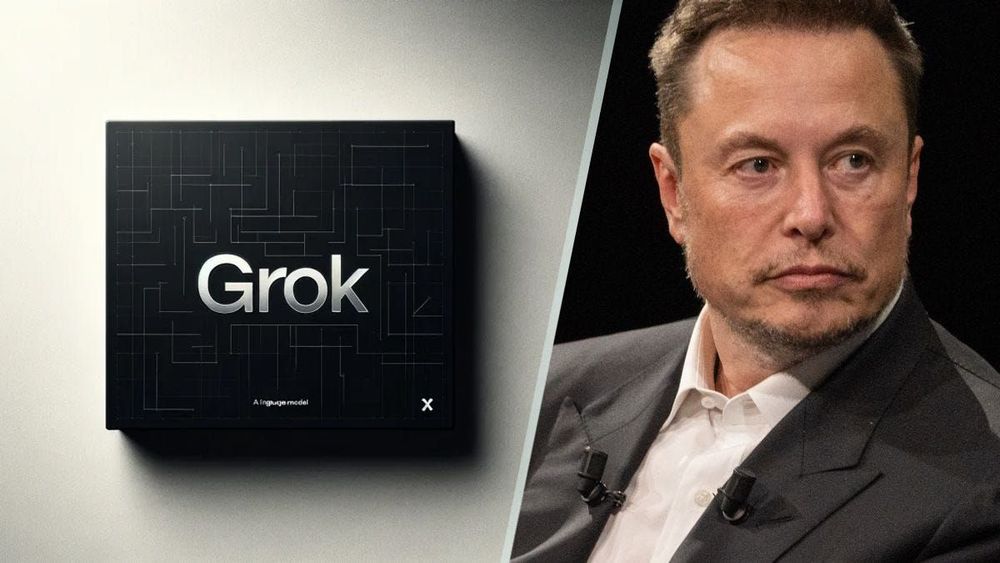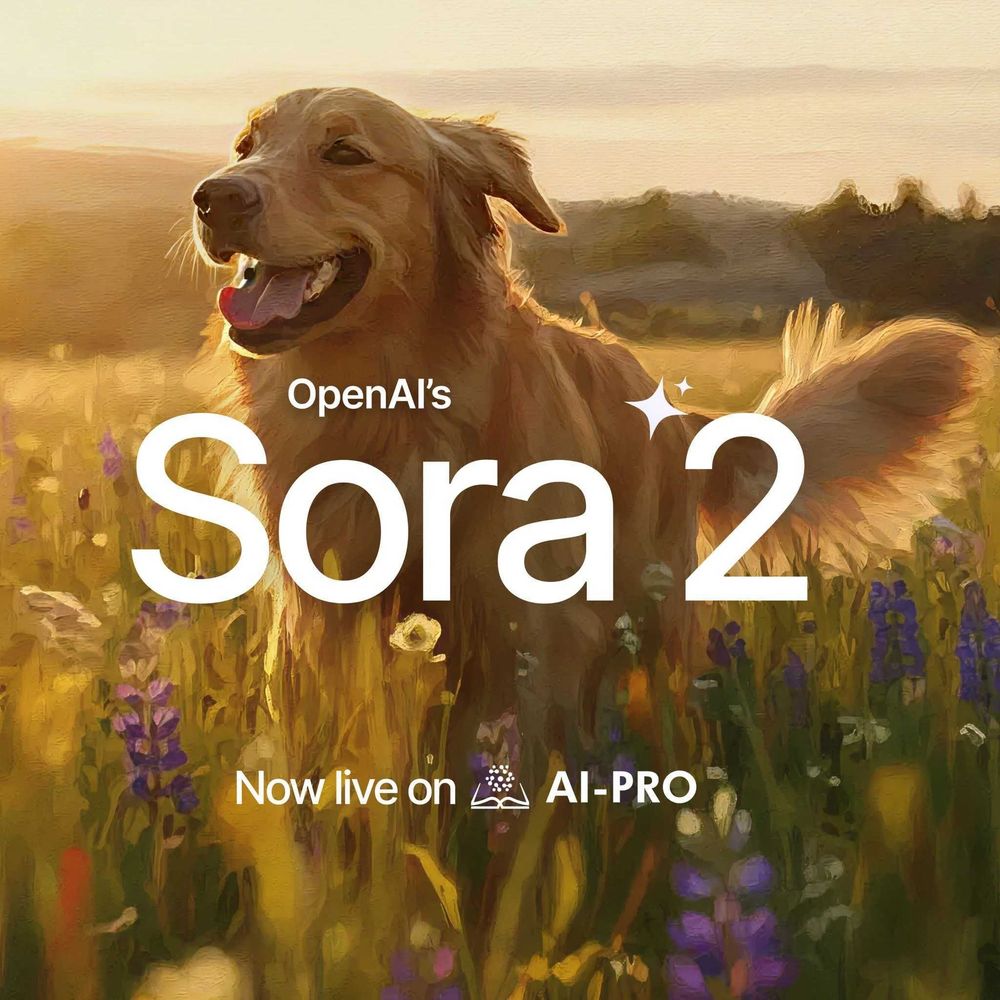Introduction
In our globally connected world, the significance of language translation cannot be overstated. As industries transcend borders, the ability to communicate effectively across languages becomes paramount. The rapid evolution of technology, particularly in the realm of artificial intelligence (AI), has catalyzed transformations in various sectors. Google Translate as a platform is often used as a basic translation tool by many different people. Of course, using Google Translate as a translation tool can often result in errors, especially when it comes to the ability of Google Translate to work off of languages with complex syntactic systems. In this vein, one can consider Google Translate to be part of the "early wave" of communication and translation technology. The next "wave" or evolution of communication technology is the emergence of advanced language models like ChatGPT and GPT-4, which are, even now, reshaping the landscape of language translation. The intricate dance between human expertise and AI capabilities has opened up new possibilities in the world of communication, serving as not just more advanced tools for text and speech translation on their own, but also as translation assistants that can help human translators craft high quality translations and localizations. In this article, we embark on a journey to explore how AI, and specifically ChatGPT, is revolutionizing the translation industry. From understanding the basics to delving into the nuances, we uncover the potential, strengths, and limitations of these AI-driven language solutions. Whether you're a language professional, a business owner, or simply someone intrigued by the power of technology, this article offers insights that bridge the gap between human language and machine understanding.The Rise of AI as Language Translator Tool
 In the not-so-distant past, language translation relied heavily on manual efforts. Linguists and translators toiled to bridge linguistic gaps, often grappling with complex syntax and cultural nuances.
However, this traditional approach had its limitations. The increasing demand for rapid and accurate translations, fueled by the digital age, led to the exploration of AI-powered solutions.
AI translation tools' foray into the translation arena marked a major paradigm shift. Language models like ChatGPT and GPT-4, developed by OpenAI, showcased the potential of AI in understanding and generating human-like text.
This marked the rise of AI-driven language translation, promising speed, accuracy, and scalability previously deemed unattainable.
In the not-so-distant past, language translation relied heavily on manual efforts. Linguists and translators toiled to bridge linguistic gaps, often grappling with complex syntax and cultural nuances.
However, this traditional approach had its limitations. The increasing demand for rapid and accurate translations, fueled by the digital age, led to the exploration of AI-powered solutions.
AI translation tools' foray into the translation arena marked a major paradigm shift. Language models like ChatGPT and GPT-4, developed by OpenAI, showcased the potential of AI in understanding and generating human-like text.
This marked the rise of AI-driven language translation, promising speed, accuracy, and scalability previously deemed unattainable.
Unveiling ChatGPT: The AI Translator of the Future
At the heart of this transformation lies ChatGPT, an AI marvel that has captured the imagination of both experts and enthusiasts. Born from OpenAI's commitment to pushing the boundaries of AI, ChatGPT stands as a testament to the power of the Transformer architecture. It possesses the ability to grasp context, discern intent, and generate coherent text that resonates with human understanding. Unlike conventional translation tools, ChatGPT transcends the confines of its title. It evolves from being a mere language translator into a versatile assistant capable of performing a myriad of tasks. Its prowess extends to text generation, question-answering, code creation, and of course, language translation. The implications of this are profound - human interaction with AI no longer feels mechanical but dynamic, conversational, and, most importantly, natural.ChatGPT and GPT-4: A Comparative Analysis
As technology continues to evolve, so do the iterations of AI models. GPT-4, the successor to ChatGPT's predecessor GPT-3.5, enters the scene as a refined version with enhanced capabilities. The differences between these versions lie not only in their numerical nomenclature but also in their potential to impact the translation industry. GPT-4's release heralds a new chapter in AI-assisted translation. With improved language understanding, contextualization, and generation capabilities, GPT-4 further blurs the line between human and machine-generated content. However, it's crucial to remember that even as AI progresses, the role of human experts remains integral in fine-tuning and refining the outputs.Transforming the Translation Industry: AI Translate as a Collaborative Partner
In a landscape where AI is often perceived as a competitor, ChatGPT and its successors present a refreshing paradigm - AI as a collaborator. Language professionals are no longer locked in a struggle for supremacy with machines. Instead, they embrace a harmonious coexistence where AI augments human intelligence and expertise. This collaborative approach holds the potential to redefine how translation tasks are executed. Instead of replacing human professionals, AI serves as a digital ally that enhances productivity, efficiency, and accuracy. For businesses seeking rapid translations and language professionals aiming to streamline their workflow, the AI-human partnership opens doors to new opportunities.The Power of ChatGPT Translation: Applications and Advantages
The allure of ChatGPT lies in its multifaceted applications within the realm of translation. Beyond the conventional task of converting text from one language to another, ChatGPT assumes the roles of an analyzer, a generator, a detector, and a collaborator. Imagine the convenience of feeding a source text into ChatGPT and receiving not just a translated version but also a meticulously analyzed breakdown. It goes beyond translation by offering initial draft translations, detecting potential issues, and providing suggestions for editing. The speed, cost-effectiveness, and interactive nature of ChatGPT present a compelling case for businesses seeking efficient communication across linguistic borders.Navigating ChatGPT's Limitations: Challenges and Solutions
While ChatGPT showcases remarkable capabilities, it's essential to acknowledge its limitations. Challenges arise when processing languages with intricate characters and nuances, such as Chinese. For example, the concept of "hallucinations", or simply the AI creating translations for elements that may not be present or may be an excessively oversimplified or overcomplicated form of the actual wording used, can lead to inaccuracies in translation, highlighting the importance of human intervention. To navigate these challenges, language professionals play a pivotal role. By critically evaluating and refining ChatGPT's outputs, they ensure that the translations are contextually accurate and culturally sensitive. The human touch remains indispensable in ensuring that language nuances and idiomatic expressions are appropriately captured.Empowering Language Professionals: Collaborative AI Integration
 The symbiotic relationship between AI and language professionals is underscored by the need for specific skill sets. Integrating ChatGPT effectively into workflows requires the art of crafting clear and context-rich writing prompts. These prompts act as guidelines for AI, enhancing its understanding and output accuracy.
Equally important is the ability to evaluate ChatGPT's responses critically. Human oversight ensures that outputs align with intent and context. Additionally, the customization of the AI system to suit specific tasks and industries enhances the precision of its translations.
The integration of ChatGPT with other tools like translation memories and terminology databases forms a holistic approach to translation tasks.
The symbiotic relationship between AI and language professionals is underscored by the need for specific skill sets. Integrating ChatGPT effectively into workflows requires the art of crafting clear and context-rich writing prompts. These prompts act as guidelines for AI, enhancing its understanding and output accuracy.
Equally important is the ability to evaluate ChatGPT's responses critically. Human oversight ensures that outputs align with intent and context. Additionally, the customization of the AI system to suit specific tasks and industries enhances the precision of its translations.
The integration of ChatGPT with other tools like translation memories and terminology databases forms a holistic approach to translation tasks.
Future Possibilities: The Evolution of AI Translation
The trajectory of AI translation is anything but static. With the ongoing advancements in technology, the potential of ChatGPT and similar language models is boundless. Multimodal support is set to revolutionize translation between various media formats, bridging the gap between text, images, videos, and more. The expansion of multilingual data pools enhances accuracy, making translations accessible for less common languages. Fine-tuning models for specific domains or languages refines translation quality, catering to specialized industries. Moreover, the introduction of offline models and extended context history expands ChatGPT's applications, allowing it to process larger volumes of text and provide more insightful context.The AI-Translation Synergy: Unlocking New Opportunities
In this transformative journey, the possibilities are both promising and enlightening. The world of language translation no longer exists within the confines of traditional paradigms. AI, spearheaded by ChatGPT and GPT-4, empowers language professionals to embrace a collaborative approach that amplifies their expertise. As we look ahead, it's evident that the fusion of AI and human understanding will lead to new vistas of creativity and efficiency. The realm of cross-lingual content creation, specialized translation, and digital media localization is no longer a distant dream but an attainable reality. The future belongs to those who seamlessly integrate AI into their translation workflows, harnessing its capabilities while upholding the art of linguistic precision.Conclusion
 In the grand tapestry of language translation, AI and ChatGPT stand as threads of innovation that weave a new narrative. The transformation is not about relegating human expertise to the background but elevating it through harmonious collaboration with machines. With AI-pro.org offering cutting-edge solutions through Basic and Pro subscription plans, the future of language translation is at your fingertips.
As language professionals, businesses, and technology enthusiasts, let us embark on this journey together. Embrace the power of AI translation, let go of limitations, and step into an era where language knows no boundaries. The future of communication is evolving, and it's a future where ChatGPT and human intelligence coalesce, forging a path toward seamless understanding in a diverse and interconnected world.
Embrace the new era of language translation with our cutting-edge ChatGPT technology, proudly presented by ai-pro.org. Our comprehensive Basic and Pro subscription plans bring you innovative solutions that merge the latest advancements in artificial intelligence and natural language processing. Say farewell to language barriers and welcome seamless, efficient, and precise translations. Step forward into the realm of AI-assisted language transformation, and explore how ai-pro.org is changing the landscape of language professionals and translators.
Uncover the transformative potential of AI in language translation with our state-of-the-art ChatGPT technology. Our Basic and Pro subscription plans offer access to cutting-edge AI solutions that redefine the way you approach translation tasks. Join us in shaping the future of communication, where AI and human expertise converge seamlessly.
In the grand tapestry of language translation, AI and ChatGPT stand as threads of innovation that weave a new narrative. The transformation is not about relegating human expertise to the background but elevating it through harmonious collaboration with machines. With AI-pro.org offering cutting-edge solutions through Basic and Pro subscription plans, the future of language translation is at your fingertips.
As language professionals, businesses, and technology enthusiasts, let us embark on this journey together. Embrace the power of AI translation, let go of limitations, and step into an era where language knows no boundaries. The future of communication is evolving, and it's a future where ChatGPT and human intelligence coalesce, forging a path toward seamless understanding in a diverse and interconnected world.
Embrace the new era of language translation with our cutting-edge ChatGPT technology, proudly presented by ai-pro.org. Our comprehensive Basic and Pro subscription plans bring you innovative solutions that merge the latest advancements in artificial intelligence and natural language processing. Say farewell to language barriers and welcome seamless, efficient, and precise translations. Step forward into the realm of AI-assisted language transformation, and explore how ai-pro.org is changing the landscape of language professionals and translators.
Uncover the transformative potential of AI in language translation with our state-of-the-art ChatGPT technology. Our Basic and Pro subscription plans offer access to cutting-edge AI solutions that redefine the way you approach translation tasks. Join us in shaping the future of communication, where AI and human expertise converge seamlessly.
FAQs
- How does ChatGPT revolutionize language translation?
- Can ChatGPT provide accurate translations of languages with complex alphabets and syntax such as Chinese and Japanese?
- How can language professionals effectively collaborate with ChatGPT?
- What's the future of AI translation?
- How can I access AI-powered translation from ai-pro.org?
ChatGPT redefines the translation experience by collaborating with language professionals, augmenting their skills and expertise for more efficient and accurate results.
While ChatGPT faces challenges when translating into and from languages with complex syntax and alphabets like Chinese, Japanese, and Russian, human intervention is helpful in ensuring that the translation into the target language captures the nuances of the original language that the AI translation tool misses.
The AI translation tool is not meant to simply totally replace or take over the effort required in creating high quality translations. Machine translation tools are highly useful for language professionals because they help establish a "base" that language professionals can then work with using their own knowledge of the language and the context of the sentence.
This is especially useful for localization efforts, as the translation tools provide the "basic" or "literal" meaning of the words used in a sentence, which human translators can use to craft a localized text that not only captures the spirit of the passage in the source language, but also makes it just as relevant and meaningful to audiences in the target language.
By taking the time to learn and apply the skills needed to seamlessly integrate ChatGPT into their workflow, language professionals can enhance their efficiency and precision in crafting accurate translations.
As Neural Machine Translation and AI translation progresses and evolves, translation services and how human translators make use of them will also change. The future of AI translation, with upcoming features like multimodal support, expanded language accuracy, and specialized fine-tuning, is certainly quite bright indeed.
You can access AI-powered translation through our Basic and Pro subscription plans, designed to empower language professionals with cutting-edge AI translation solutions.






